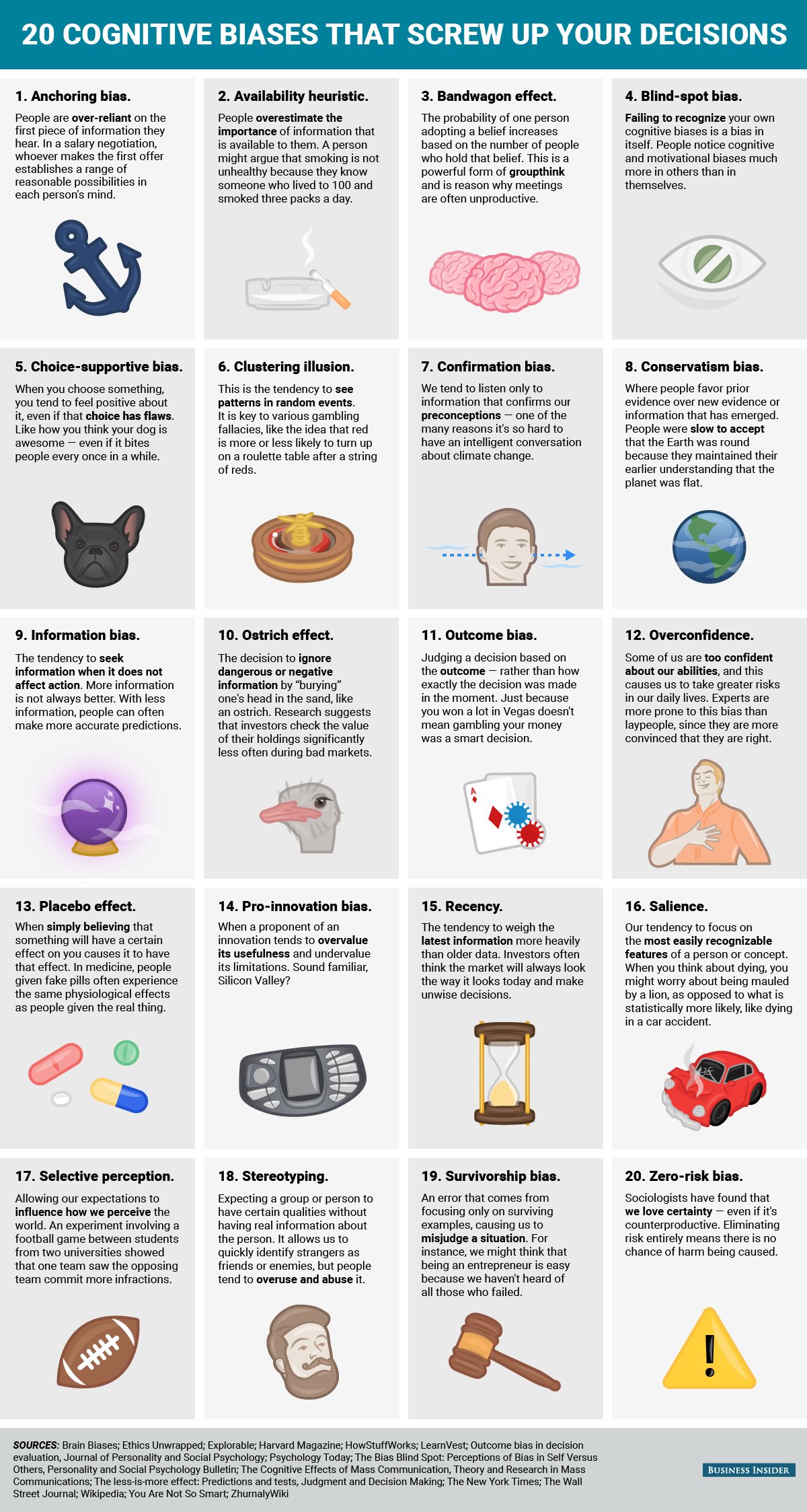Some quick points, to be making money, Profit Factor must be greater than 1.
- Profit Factor (PF)
- = Gross Gains / Gross Losses
- = (Average win * number of wins) / (Average loss * number of losses)
- = R * w / (1-w)
- where R = Average win / Average loss
- w = win rate, i.e. % number of winners compared to total number of trades
Re-arranging, we have
- w = PF / (PF + R)
- R = PF * (1 – w) / w
Sample numbers showing the minimum R required to break-even (i.e. PF = 1, assuming no transaction costs) for varying win rates.
- w = 90% >> R = 0.11
- w = 80% >> R = 0.25
- w = 70% >> R = 0.43
- w = 60% >> R = 0.67
- w = 50% >> R = 1
- w = 40% >> R = 1.5
- w = 30% >> R = 2.33
- w = 20% >> R = 4
- w = 10% >> R = 9
The style of trading strongly influences the win rate and R (average winner / average loser). For example, (more…)







